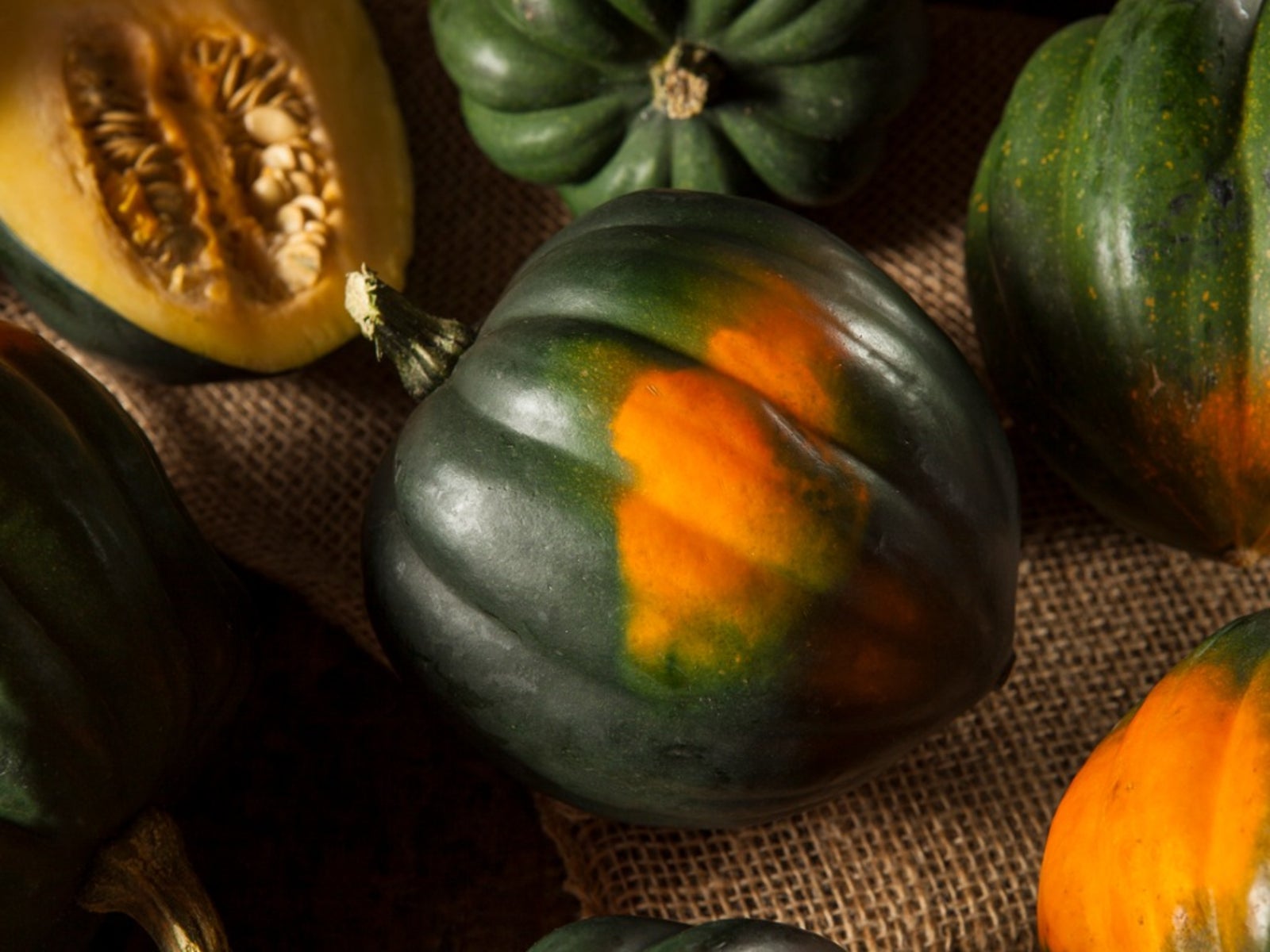Acorn Squash Growing Tips For Your Garden


Acorn squash (Cucurbita pepo), so named for its shape, comes in a variety of colors and can be a welcome addition to any gardener's table. Acorn squash belongs to a group of squashes commonly known as winter squash; not because of their growing season, but for their storage qualities. In the days before refrigeration, these thick skinned vegetables could be kept through the winter, unlike their thin skinned and vulnerable cousins, the summer squash. Keep reading to learn more about growing acorn squash.
Start Growing Acorn Squash
When learning about how to grow acorn squash, the first consideration should be space. Do you have enough to accommodate the acorn squash plant size (which is considerably large)? You'll need about 50 square feet (4.5 sq. meters) per hill with two to three plants in each. That's a lot of ground, but the good news is that one or two hills should provide plenty for the average family. If the square footage is still too much, acorn squash plant size can still be squeezed in with the use of sturdy A-frame trellises. Once you have allotted space for growing, acorn squash is easy to cultivate. Mound your soil into hill to keep the plant's ‘feet' dry. When growing acorn squash, plant five or six seeds per hill, but wait until the soil temperature rises to 60 F. (15 C.) and all danger of frost is past since the seeds need warmth to germinate and the plants are extremely frost tender. These vines prefer temperatures between 70 and 90 F. (20-32 C.). While the plants will continue to grow at higher temperatures, the flowers will drop, thus preventing fertilization. The acorn squash plant size makes them heavy feeders. Make sure your soil is rich and you feed them regularly with a good all-purpose fertilizer. Add plenty of sun, a soil pH of 5.5-6.8, and 70-90 days before the first fall frost and you have all that's needed for how to grow acorn squash.
How to Grow Acorn Squash
When all seeds have sprouted, allow only two or three of the strongest to grow in each hill. Keep the area weed-free with shallow cultivation so as not to damage the surface root system. Keep an eye out for insects and disease while doing your regular chores of gardening. Acorn squash are susceptible to borers. Look for the tell tale "sawdust" and act quickly to destroy the worm. Striped cucumber beetles and squash beetles are the most common pests. Harvest your acorn squash before the first hard frost. They're ready when the skin is tough enough to resist being pierced by a fingernail. Cut the squash from the vine; don't pull. Leave a 1-inch (2.5 cm.) piece of stem attached. Store them in a cool, dry place, laying them side by side rather than stacked. Follow these acorn squash growing tips and come winter, when last summer's garden is just a memory, you'll still be enjoying the fresh fruits of your labor.
Sign up for the Gardening Know How newsletter today and receive a free copy of our e-book "How to Grow Delicious Tomatoes".

Jackie Rhoades began writing for Gardening Know How in 2010.